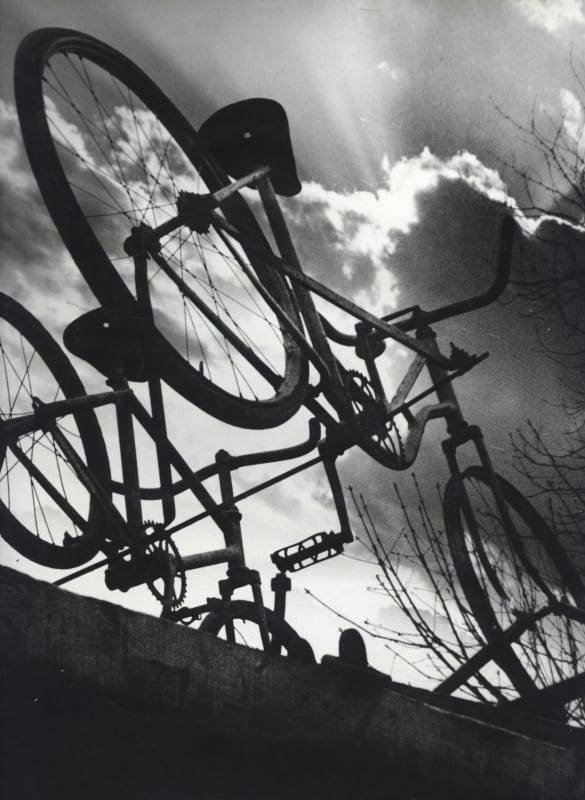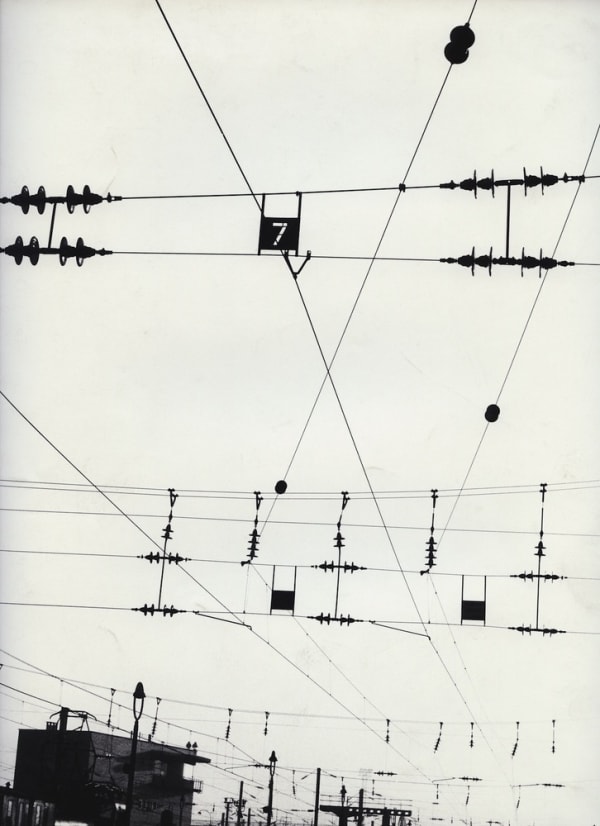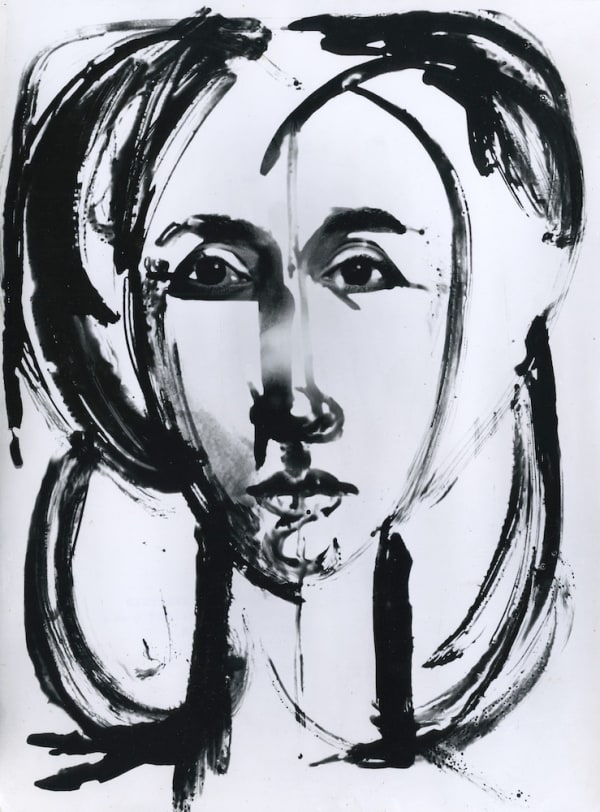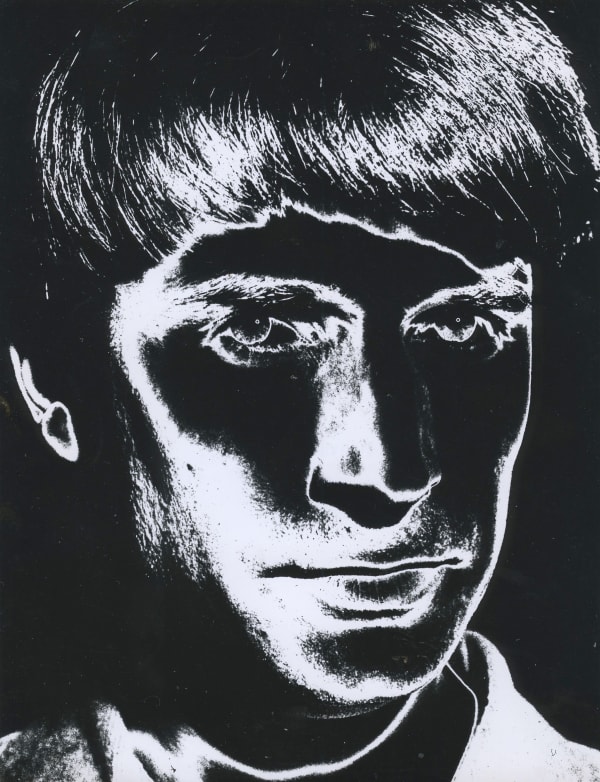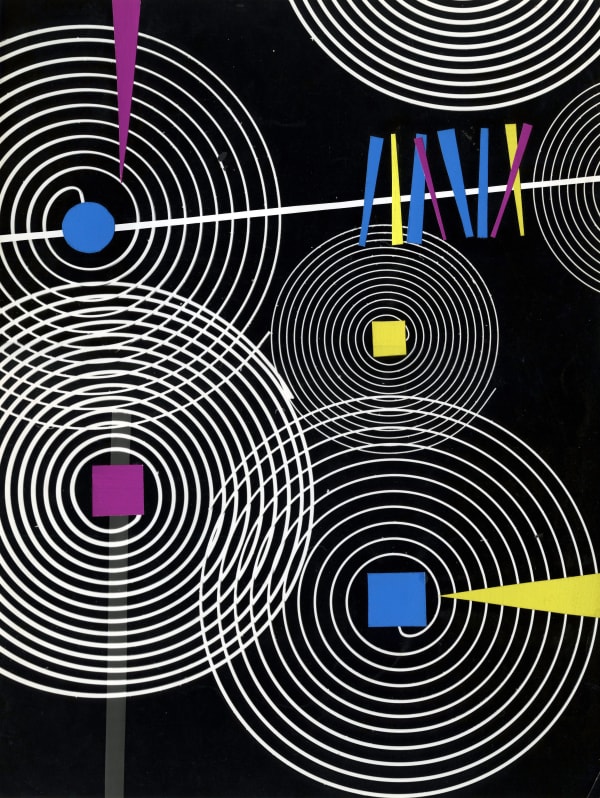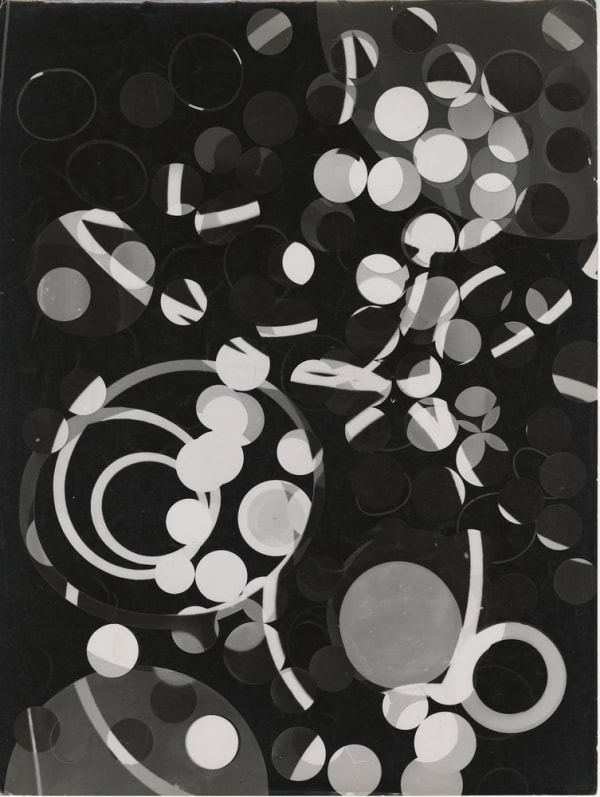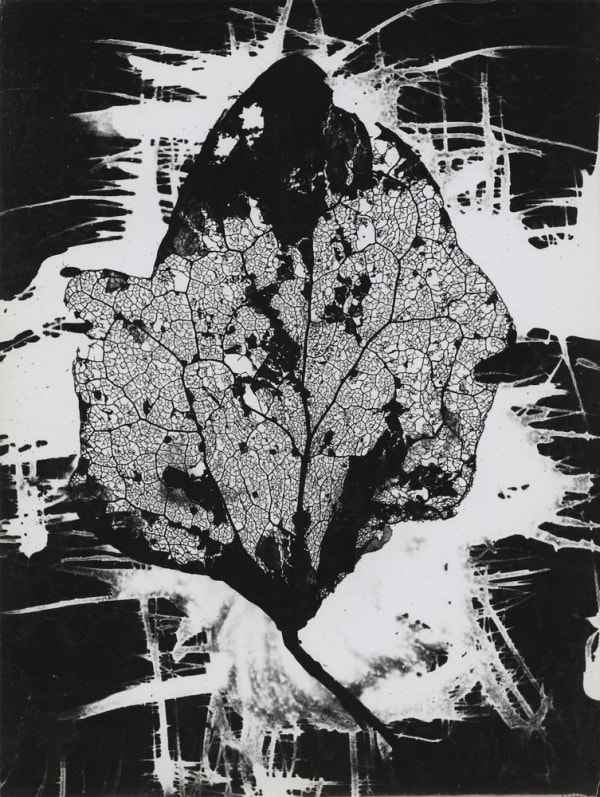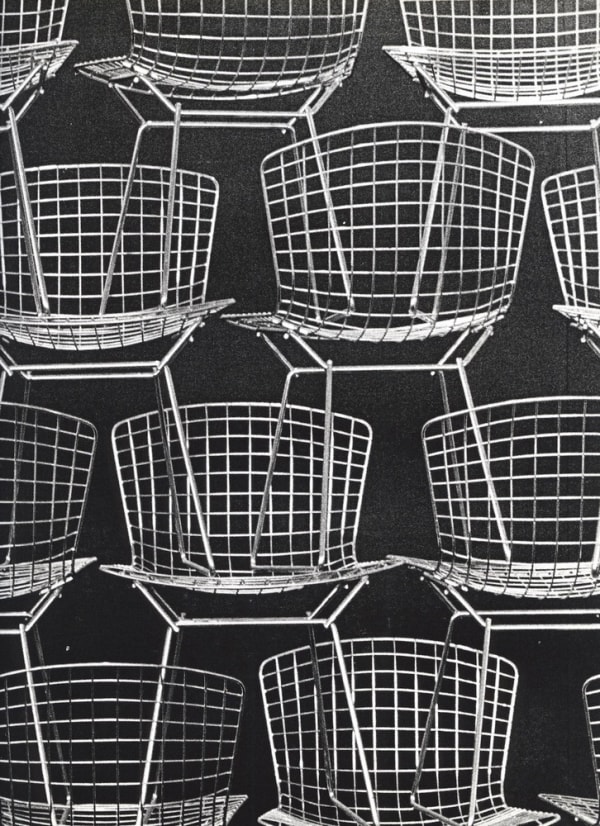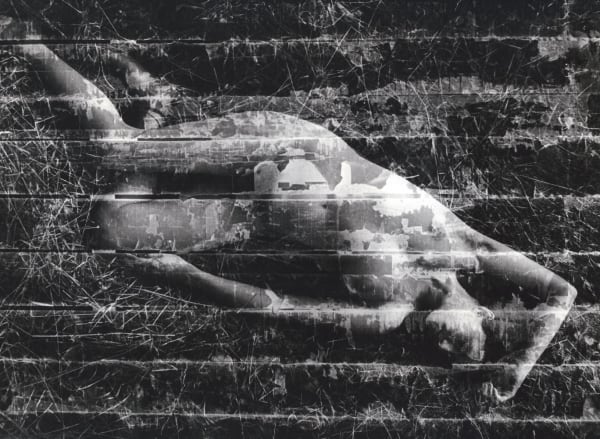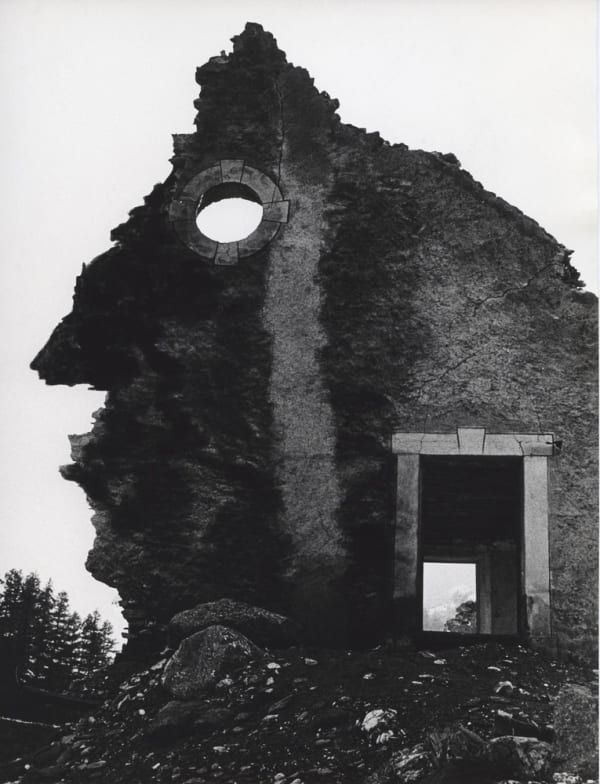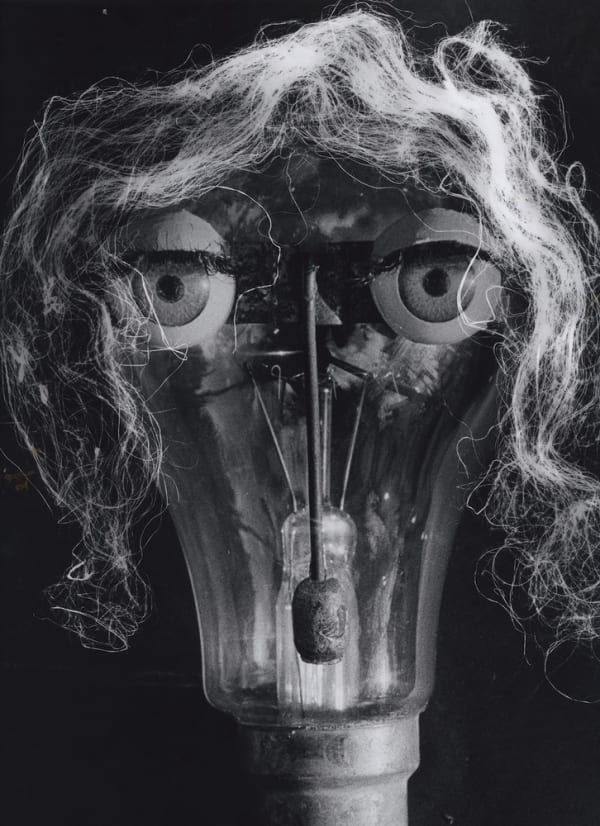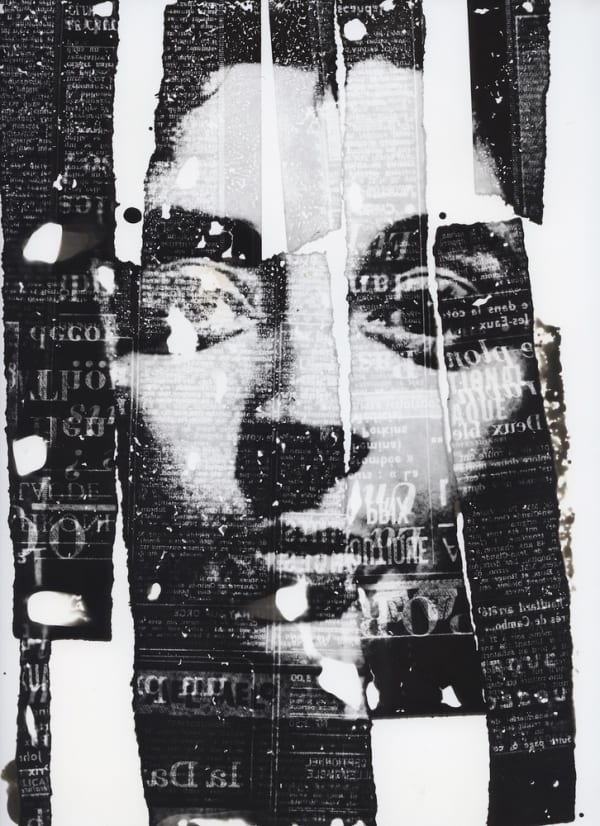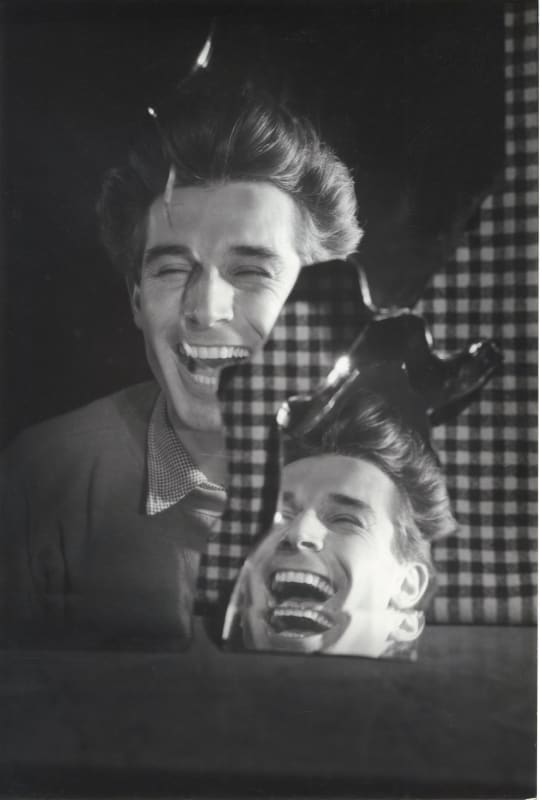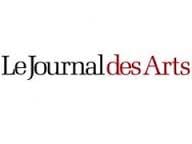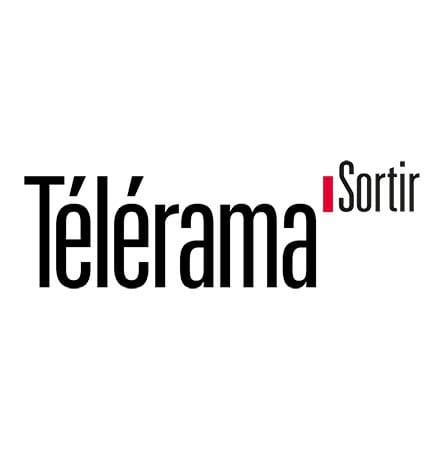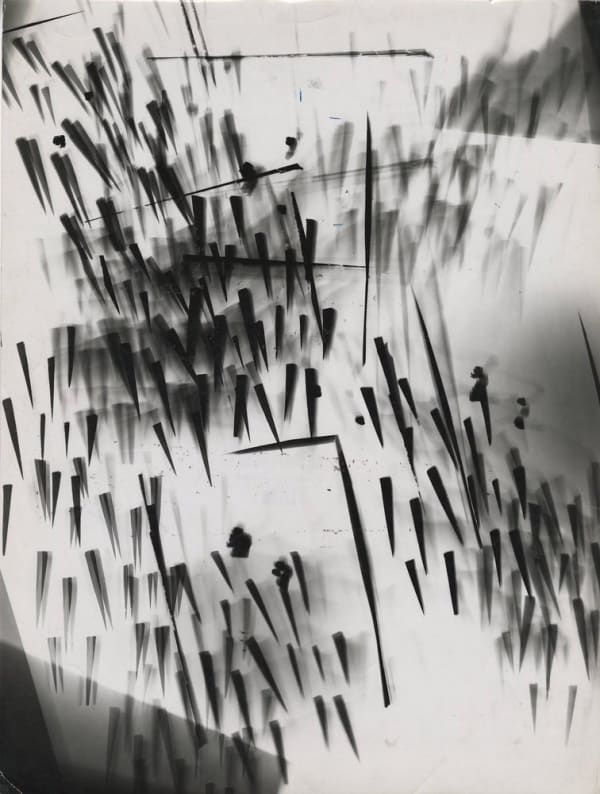Roger Catherineau French, 1925-1962
Since 1948, Roger Catherineau's photographic work has been built as a quest for experimentation. Rejecting any notion of depiction of reality, he elaborates unreferenced, troubled and most often abstract images. Developing the notion of "productive transformation", he wishes to compose from scratch the image he has of an object, and not to reproduce it.
It is therefore without any precise rules, but according to his instinct, that he discovers and then perfects the methods of processing and printing, to which he will add superimposition, solarisation, and other chemical manipulations. At the beginning of the 1950s, he made the photogram his favourite process. A contact and camera-free photographic technique, the photogram allowed Catherineau to compose his works using only light and the imprint of the object. Detached from the first generation of experimental photography of the 1930s, he does not practice the photogram as an automatic play, but rather as a demanding and disciplined compositional. During his experiments and in the last part of his life, he even destroyed all the prints that he considered minor or imperfect, leaving only works of great intensity.
-
 Sans titre, c. 1960View more details
Sans titre, c. 1960View more details -
 AutoportraitView more details
AutoportraitView more details -
 Etude d'après un visage n°15, 1960-1961View more details
Etude d'après un visage n°15, 1960-1961View more details -
 Le peintre Herbin (portrait imprimé), 1954View more details
Le peintre Herbin (portrait imprimé), 1954View more details -
 Sans titre, ca. 1962View more details
Sans titre, ca. 1962View more details -
 Sans titre, ca. 1955View more details
Sans titre, ca. 1955View more details -
 Le temps des femmes, ca. 1960View more details
Le temps des femmes, ca. 1960View more details -
 Sans titre, ca. 1955View more details
Sans titre, ca. 1955View more details -
 Autoportrait I, 1960-1961View more details
Autoportrait I, 1960-1961View more details -
 Photogramme, ca.1957View more details
Photogramme, ca.1957View more details -
 Photogramme, ca.1957View more details
Photogramme, ca.1957View more details -
 Photogramme, c. 1957-1958View more details
Photogramme, c. 1957-1958View more details -
 Photogramme, c. 1957-1958View more details
Photogramme, c. 1957-1958View more details -
 Photogramme, c. 1957-1958View more details
Photogramme, c. 1957-1958View more details -
 Photogramme, c. 1957-1958View more details
Photogramme, c. 1957-1958View more details -
 Photogramme, c. 1954-1955View more details
Photogramme, c. 1954-1955View more details -
 Photogramme, c. 1954-1955View more details
Photogramme, c. 1954-1955View more details -
 Photogramme, c. 1957-1958View more details
Photogramme, c. 1957-1958View more details -
 Photogramme, c. 1957-1958View more details
Photogramme, c. 1957-1958View more details -
 Photogramme, c. 1954-1955View more details
Photogramme, c. 1954-1955View more details -
 Sans titre, 1956View more details
Sans titre, 1956View more details -
 Sans titre, n.d.View more details
Sans titre, n.d.View more details -
 Sans titre, c. 1959View more details
Sans titre, c. 1959View more details -
 Sans titre, c. 1952-1953View more details
Sans titre, c. 1952-1953View more details -
 Autoportrait, 1957-1958View more details
Autoportrait, 1957-1958View more details -
 Nu endormi, c. 1957-1958View more details
Nu endormi, c. 1957-1958View more details -
 Sans titre, c. 1953View more details
Sans titre, c. 1953View more details -
 Sans titre, avant 1955View more details
Sans titre, avant 1955View more details -
 Sans titre, 1954-1955View more details
Sans titre, 1954-1955View more details -
 Sans titre, n.d.View more details
Sans titre, n.d.View more details -
 Le temps des femmes, n.d.View more details
Le temps des femmes, n.d.View more details -
 Le temps des femmes, n.d.View more details
Le temps des femmes, n.d.View more details -
 Le temps des femmes, n.d.View more details
Le temps des femmes, n.d.View more details -
 Sans titre, c. 1957-1958View more details
Sans titre, c. 1957-1958View more details
-
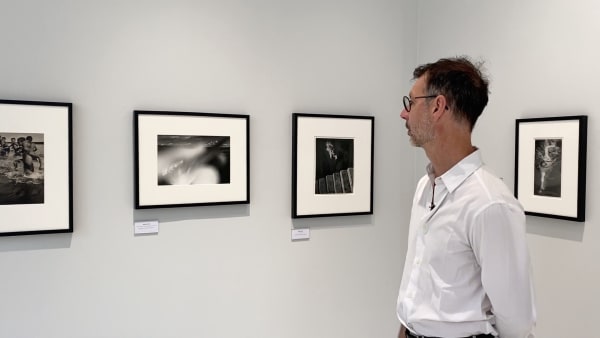
Les formes de l'eau | Exposition collective
Rencontre avec Éric Rémy, commissaire de l'exposition 27 June 2023Read more -
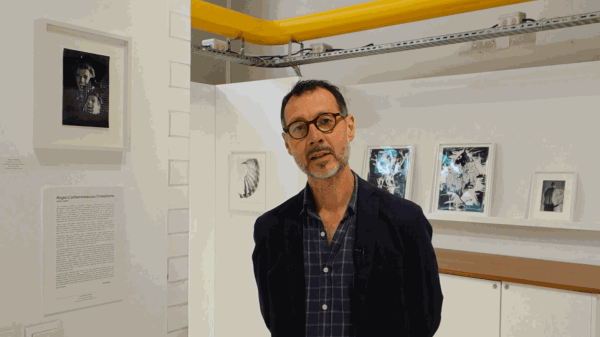
Roger Catherineau or Unrealism
17 May 2021Discover the exhibition Roger Catherineau or Unrealism, presented by its curator Éric Rémy. - Produced by Naima Copyright Roger Catherineau Courtesy les Douches la Galerie...Read more
Born in 1925 in Tours, Roger Catherineau studied drawing and painting at the École du Louvre and the École des Arts de Paris before initiating his photographic practice. Disappointed by laboratories, he would proceed and print his photographs himself. He soon developed an abstract expressionist style, and in 1955 he was invited to participate in the major exhibition Subjektive Fotografie 2 in Saarbrücken. His work was also exhibited in France, Belgium and Germany and published in numerous international magazines and compilations. His photographs are in the collections of the French Musée National d'Art Moderne, the Bibliothèque Nationale de France and the Folkwang Museum in Essen (Otto Steinert collection). Roger Catherineau died in 1962.
-

Paris Photo, dix stands incontournables à visiter
Christine Costes, Le Journal des Arts, 10 November 2022 -

Paris Photo : coup de projecteur sur neuf artistes, dans la ruche du Grand Palais Éphémère
Christophe Airaud, France Info, 10 November 2022 -

Pour la beauté du geste
Frédérique Chapuis, Télérama Sortir, 16 June 2021 -

Galerie : au Salon Approche, des photos qui s’échappent du cadre
Claire Guillot, Le Monde, 29 May 2021 -

L'éloge de la main
Frédérique Chapuis, Télérama Sortir, 24 May 2021 -

Jeux de mains aux Douches La Galerie
Lou Tsatsas, Fisheye Magazine, 22 May 2021
-

I want to see art
Homage to Christian Bouqueret (1950 - 2013) 1 December 2023 - 10 February 2024Françoise Morin and Les Douches la Galerie are pleased to invite you to the opening of the new collective exhibition, 'I want to see art', curated by Eric Rémy, on...Read more -

The Shapes of Water
Group show 10 June - 9 September 2023Featuring works by: Berenice Abbott, Pierre Boucher, Roger Catherineau, Harold Edgerton, Emeric Feher, Jean-Claude Gautrand, Joseph Jachna, Pierre Jamet, Sid Kaplan, Peter Keetman, André Kertész, François Kollar, Bogdan Konopka, Rainer...Read more -

In Praise of the Hand
Group Show 11 March - 31 July 2021Les Douches la Galerie is pleased to present L’éloge de la main [In Praise of the Hand ], a collective exhibition crossing various movements that investigates the motif of the...Read more -

Roger Catherineau or Unrealism
Curator: Éric Rémy 11 March - 3 July 2021From March 11 to July 3, 2021, Les Douches la Galerie presents Roger Catherineau or Unrealism , curated by Éric Rémy. Composed of over twenty vintage prints made between 1952...Read more
-

Paris Photo 2024
7 - 10 November 2024Read more -

AIPAD 2024
25 - 28 April 2024Les Douches la Galerie a le plaisir de participer à l'AIPAD - The Photography Show, du 25 au 28 avril 2024 au Park Avenue Armory...Read more -
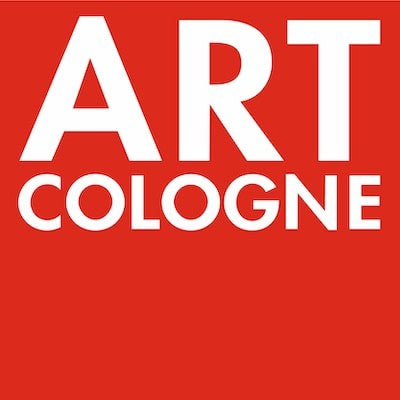
Art Cologne 2023
16 - 19 November 2023Read more -
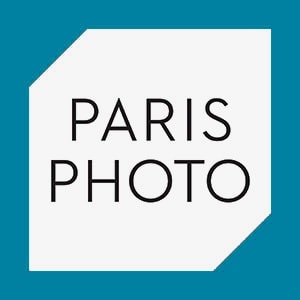
Paris Photo 2023
9 - 12 November 2023Read more -

Art Cologne 2022
16 - 20 November 2022Read more -
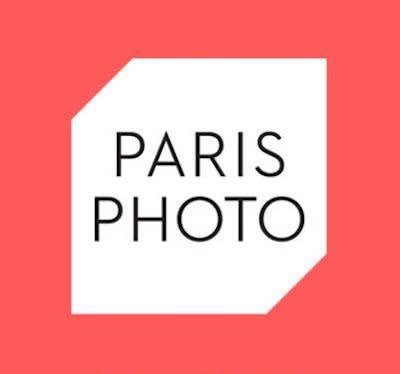
Paris Photo 2022
10 - 13 November 2022Read more -

Paris Photo 2021
11 - 14 November 2021Read more -
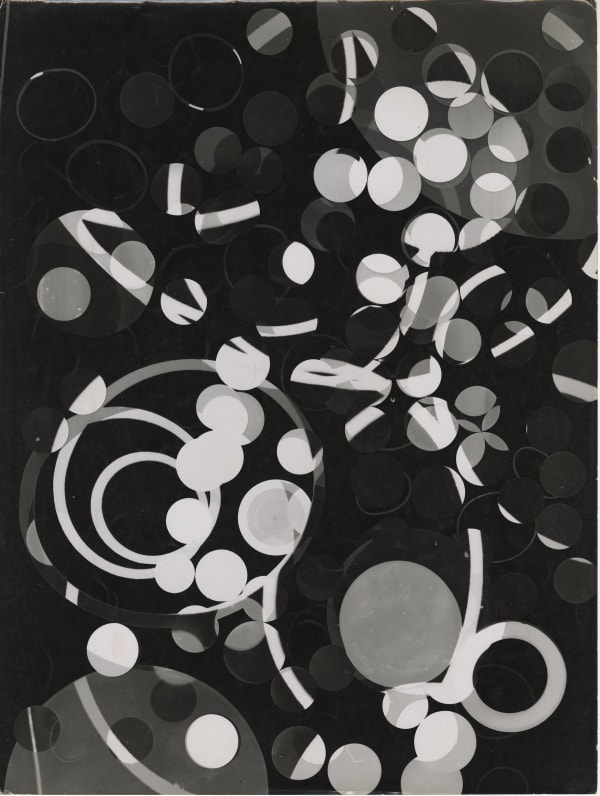
a ppr oc he
Salon dedicated to the experimentation of the photographic medium 26 - 30 May 2021a ppr oc he est un salon consacré à l'expérimentation du médium photographique, conçu comme une exposition, avec un regard curatorial et composé uniquement de...Read more
